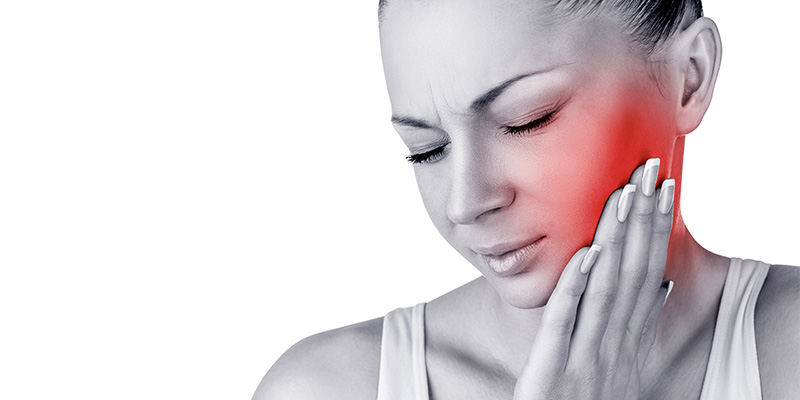
Commonly described with symptoms such as jaw dislocation, jammed jaw, pain when opening the jaw, shifting when opening the jaw, the temporomandibular disorders have various causes. Joint disorders consist of functional disorders such as the inability to open the mouth widely, jaws getting stuck in an open or closed mouth position. From joint repair to the removal of the joint and artificial joint prosthesis placement, it is treated with different methods. Temporomandibular Joint Disorders (TMD) are pain and function disorders on the temporomandibular joint. The harmony between joint surface and disc is compromised. Today, temporomandibular joint disorders are quite common among the populace.
What are the symptoms of Temporomandibular Disorders?
- Pain on the jaw (The patient may feel prickly and severe as well as constant pain every time they swallow, yawn, chew or speak. Pain may occur just in front of temporomandibular joint or spread to many other regions such as face, head, ears or jaw by causing a muscle spasm)
- Inability or limited ability to open the jaw
- Popping, clicking or grating sounds in the joint when opening or closing the mouth.
- Dizziness
- Ear pain and/or ear ringing
- Pain on the head and neck area, reflected pain on arm.
- Mild swelling on both sides of the face
- Muscle spasms in the area of the joint
Temporomandibular Joint Disorder Treatments
Temporomandibular joint is one of the most different joints in the body. The joint is formed by the muscles connecting the lower and upper jaw which facilitates the opening and closing of the jaw as well as mastication (chewing). The treatment of joint problems differentiate from simple to complex treatments according to the diagnosis. There are treatments ranging from nightguards to open joint surgery. The patient should not excessively open his jaw during meals or yawning and avoid consuming extremely rough and solid food. During the treatment, your dentist may recommend muscle relaxants and painkillers if necessary.
Temporomandibular joint disorders may be caused by existing tooth crowding, spaces due to missing teeth, chewing by favoring one side of the mouth, tooth alignment abnormalities, connection disorders between the upper and lower jaw, tooth clenching or grinding, stress, direct trauma on jawbone or joint (due to accident or impact), developmental defects of the joint (hypoplasia etc.), degenerative joint diseases (osteoarthritis, arthrosis), autoimmune diseases (rheumatoid arthritis, lupus) or these conditions can worsen the existing joint problems. In cases where the teeth and interjaw relationship are compromised, orthodontic treatments or prosthetic treatments are necessary in order to remedy the bite and alignment issues. In addition, your orthodontist may recommend joint-oriented treatments along with a jaw surgeon when necessary.
Today, the diagnosis and treatment of the joint disorders are performed with advanced cutting-edge techniques. Electromyography (EMG), special computer analysis and Transcutenous Electroneural Stimulation Sonography (TENS) are among such utilized techniques.
Thanks to the new techniques, joint disorders are diagnosed in shorter time-frames, therefore enabling to start the treatments earlier and applying better treatments. As with any other illness, the important point is to refrain from waiting too long by thinking that it will resolve on its own and consulting the experts before the condition gets worse.

 Türkçe
Türkçe English
English Français
Français русский
русский Español
Español